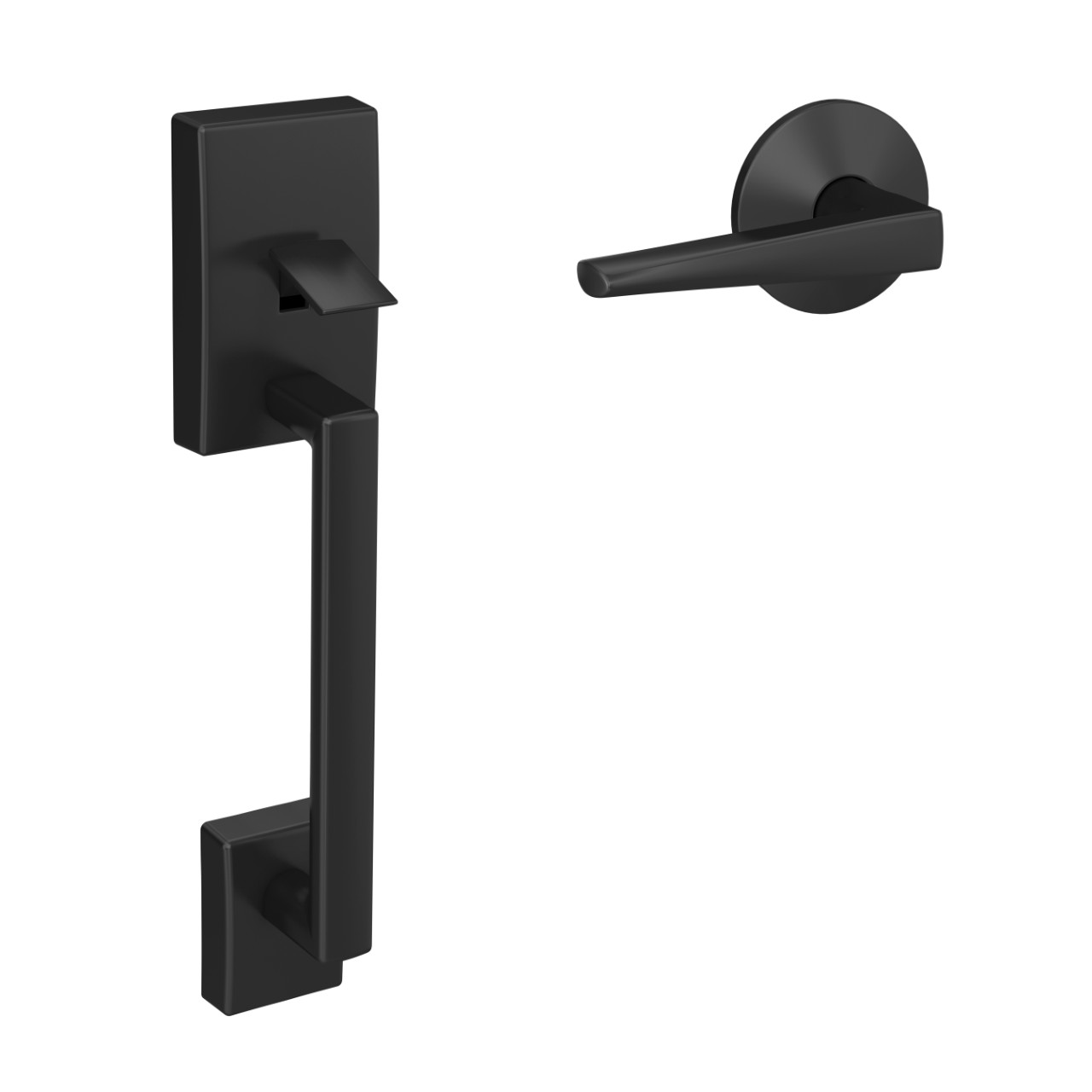


Best light for indoor plants
Houzz provides some unexpected advice for getting the right light for your houseplants: Don’t buy a plant until you know what kind of light you have in your home. Before you even go shopping, decide where you want to put your pots and watch the lighting throughout the day. Does the room get direct sunlight through the window or does it get indirect light? Is it on the darker side no matter the time of day? This bit of planning will help keep your plants healthier from the start.
And here’s an extra tip. As the sun moves throughout the day, direct lighting will change. So, for example, because your peperomia thrives on low or indirect light, use window treatments to block the sun when necessary. Worried that you won’t forget to re-open the blinds later? Set up your Alexa to remind you each day.
If there’s a plant variety you simply can’t live without but you don’t have the right light for it, a grow lamp might be your answer. They’re perfect for indoor plants that don’t get enough sun. You can also try this DIY greenhouse hack from Apartment Therapy, which uses an IKEA cabinet and is great for small spaces.
Water and humidity for indoor plants
To water or not to water, that is a question that most often separates the green thumbs from the brown. The traditional, simple advice is to check the moisture rating on that little tag that comes with the plant. It will tell you how damp or dry the soil should be kept.
If, no matter what you do, you can’t seem to keep your plants watered enough, your home’s humidity could be the culprit. Indoor air can get exceptionally dry, especially in the winter. To fix this problem, use a humidifier – and keep yourself from drying out too much while you’re at it. You could also mist your plants with a spray bottle or set your pots in a shallow tray with pebbles and about an inch of water. This small “bath” should add enough moisture to the air to revitalize your plants.

People have been tending plants for centuries now, but that doesn’t mean it has to be an old-school occupation. We’re big fans of using technology to help your plants thrive. Just like you set a reminder with Alexa for lighting, you can do the same for water. The Vera by Bloomscape app also lets you create watering reminders, as well as get all kinds of houseplant tips and expert advice.
If all else fails, choose a plant variety that’s nearly impossible to kill. Some houseplants are really quite resilient and will survive even when suffering the worst neglect. Need some ideas?
Indestructible indoor plants for beginners
ZZ plant
If what you’re looking for is indestructible and low maintenance, this one’s for you. ZZ plants actually do better the more you leave them alone and need only low light and dry conditions.
Dracaena
A type of bamboo, this is another houseplant that tolerates low and artificial light. It’s why we often keep them in our office cubicles with their fluorescent bulbs. Even if they start to wilt from a lack of water, they typically bounce back with a good drink.
Cast iron plant
Low light? Check. Poor-quality soil? Check. Occasional watering? Check. Aside from being easy to care for, we like cast iron plants because they can get on the taller side, giving you a different look than your typical windowsill greenery.
Jade plant
Experts say a good watering every week or two will keep your jade plant healthy, although we can speak from experience that if you go longer, you won’t kill it either. Make sure it gets full light and don’t be concerned if the leaves turn a bit of a rusty color in direct sun.
Chinese money plant
If you have a shady spot in your house and want to get more bang for your buck, try a Chinese money plant. They’re easy to propagate – make more plants from clippings – so you can easily fill your house with this variety if you really love it. A weekly water is all it needs, too.
Yucca
This is one variety that, depending on where you live, you might not immediately think of as an indoor plant. It’s native to more arid regions, so make sure you give it lots of sun, minimal water and a deep pot. It can get a bit top-heavy and you don’t want it tipping over.
Calathea
We picked this one for our list partly for its color. You’ll find leaves with varying shades of green as well as some pink and red tones. Keep the soil moist and avoid bright light to help them look their best.
Kalanchoe
If you like the idea of color, give kalanchoe a shot. These flowering succulents can survive in cooler temperatures too – as low as about 45 degrees – so they should be okay on a drafty windowsill.
Air plants
The air plant is in a category of its own. You water them by soaking their roots about every two weeks, misting them in between if they need a little extra moisture. They’re most notable for spidery or spikey leaves, but many do provide blooms as well. And because they don’t grow in soil, you have some unique options for planting. Include them in a living wall, hang them from glass ball-style containers or even place them in wine glasses, for example.
One final note: Be aware that many houseplants are toxic to children and pets. Do your research before introducing a new green companion to the family.
Whether you’re adding biophilic décor to help capture that Bohemian modern vibe or want to literally liven up your desk, houseplants are just the beginning. Find more interior design ideas at the Schlage blog or by finding us on Pinterest and Instagram.
Unlock more ideas
Never miss a beat - get the latest product updates, style tips and DIY tutorials sent right to your inbox.



















